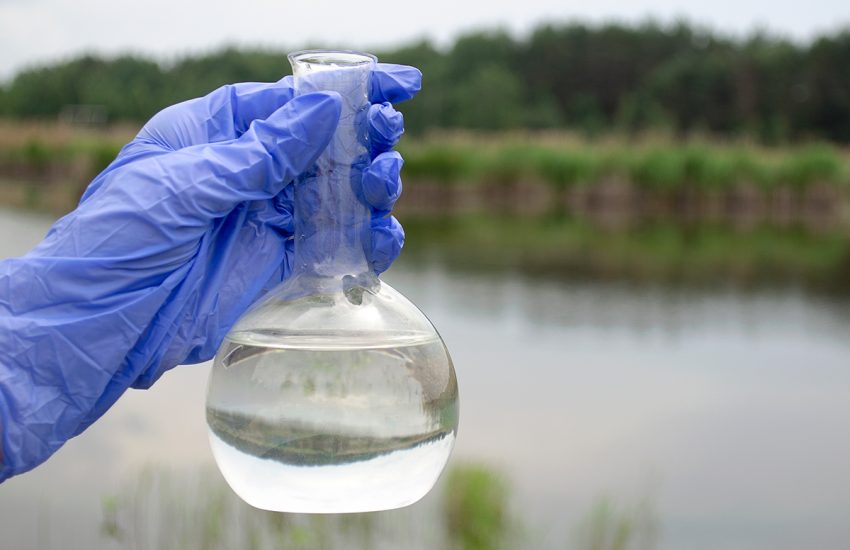In 1990, Congress passed the Oil Pollution Act, also known as the OPA. The act was in response to the Exxon Valdez oil spill in 1989, and it amended the Clean Water Act of 1972. Its purpose was to avoid oil spills from vessels and facilities, and it works by enforcing removal of spilled oil and assigning liability for the cost of cleanup and damages among responsible parties. In 1994, to support the OPA, the Environmental Protection Agency revised Subpart J of the National Contingency Plan. Subpart J …
Continue Reading









